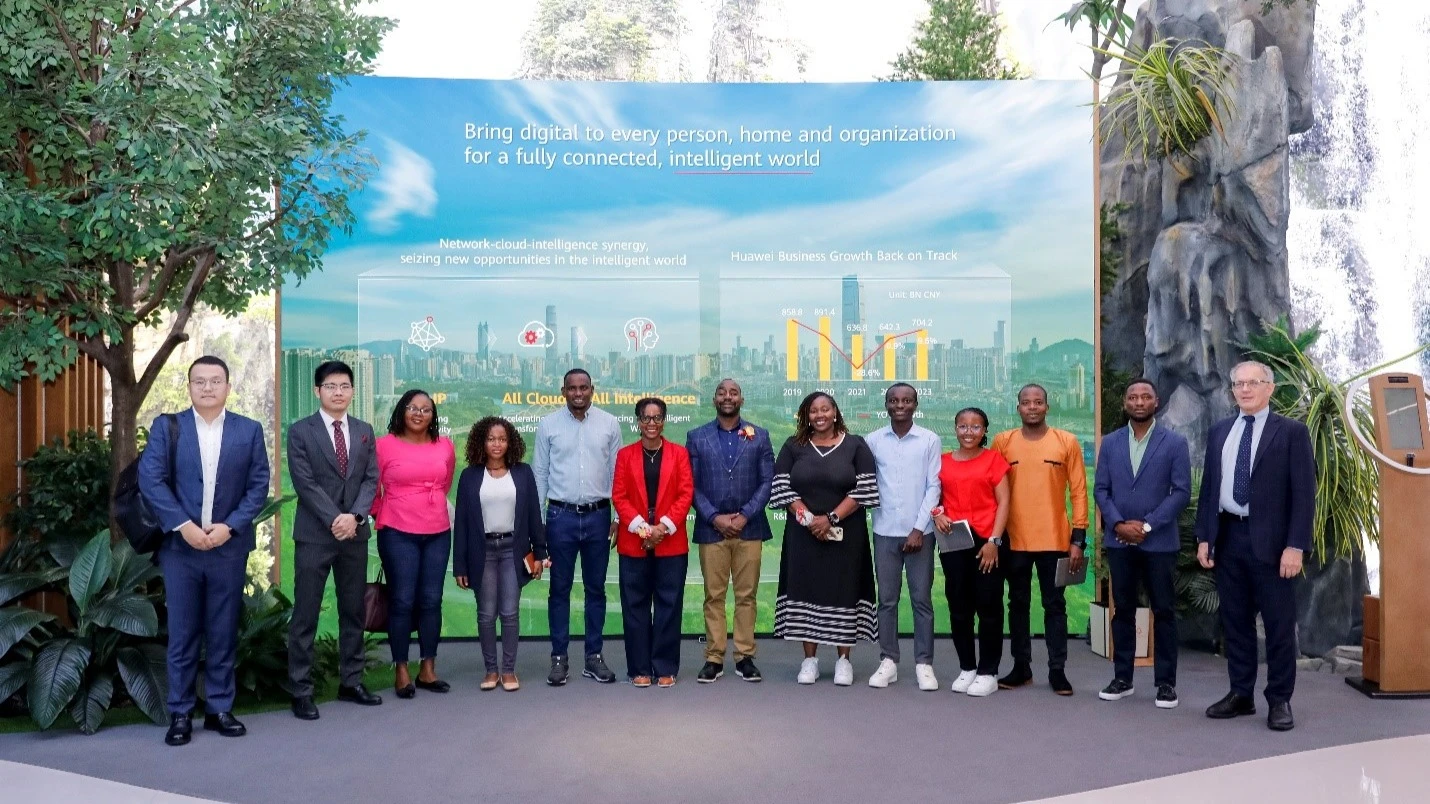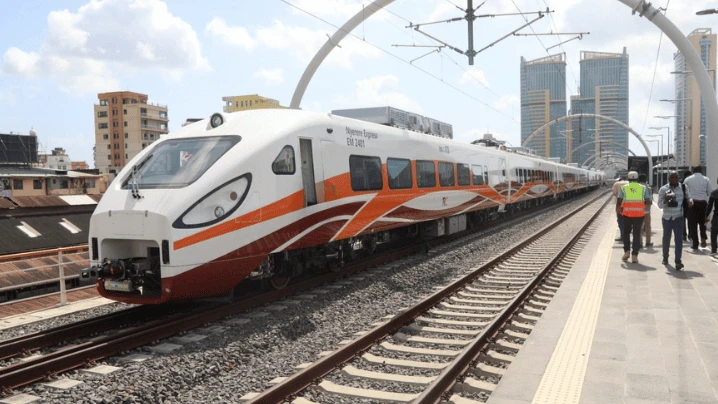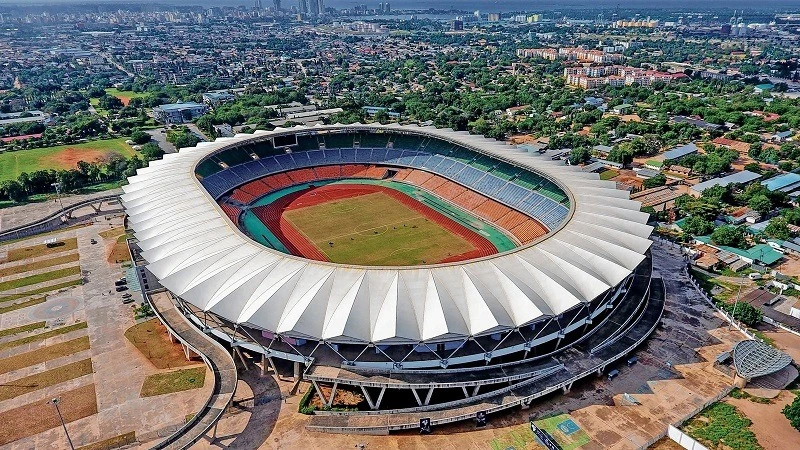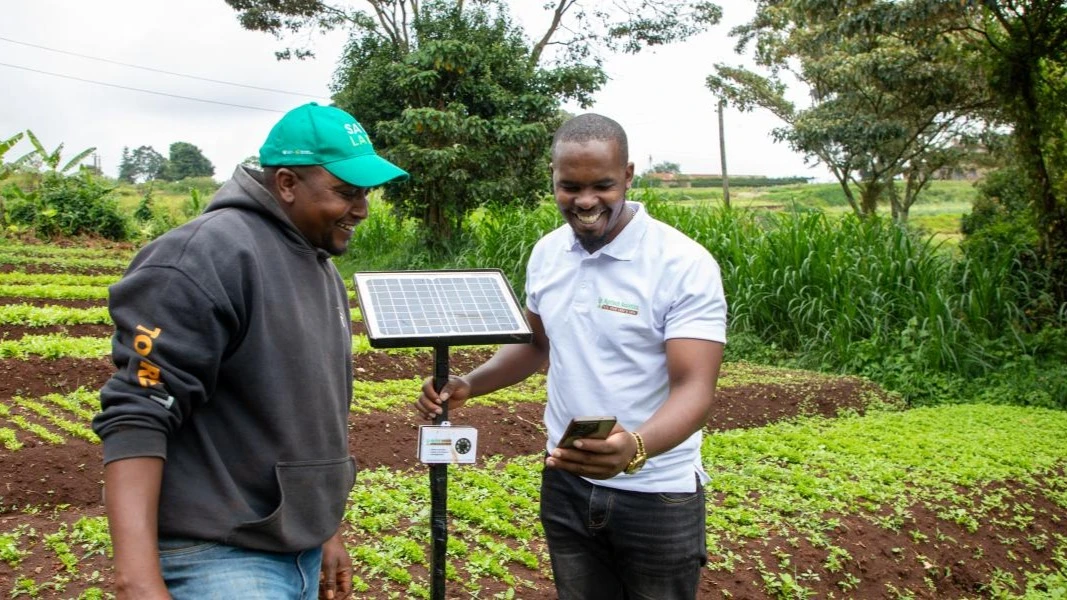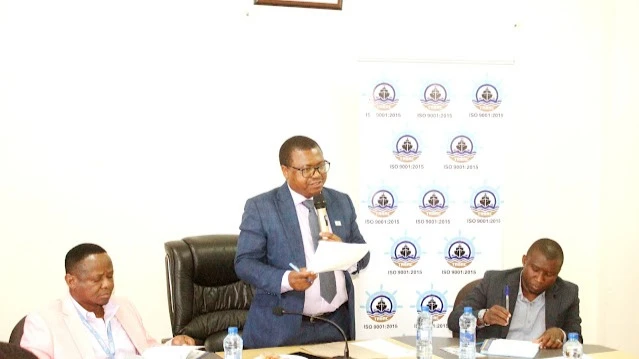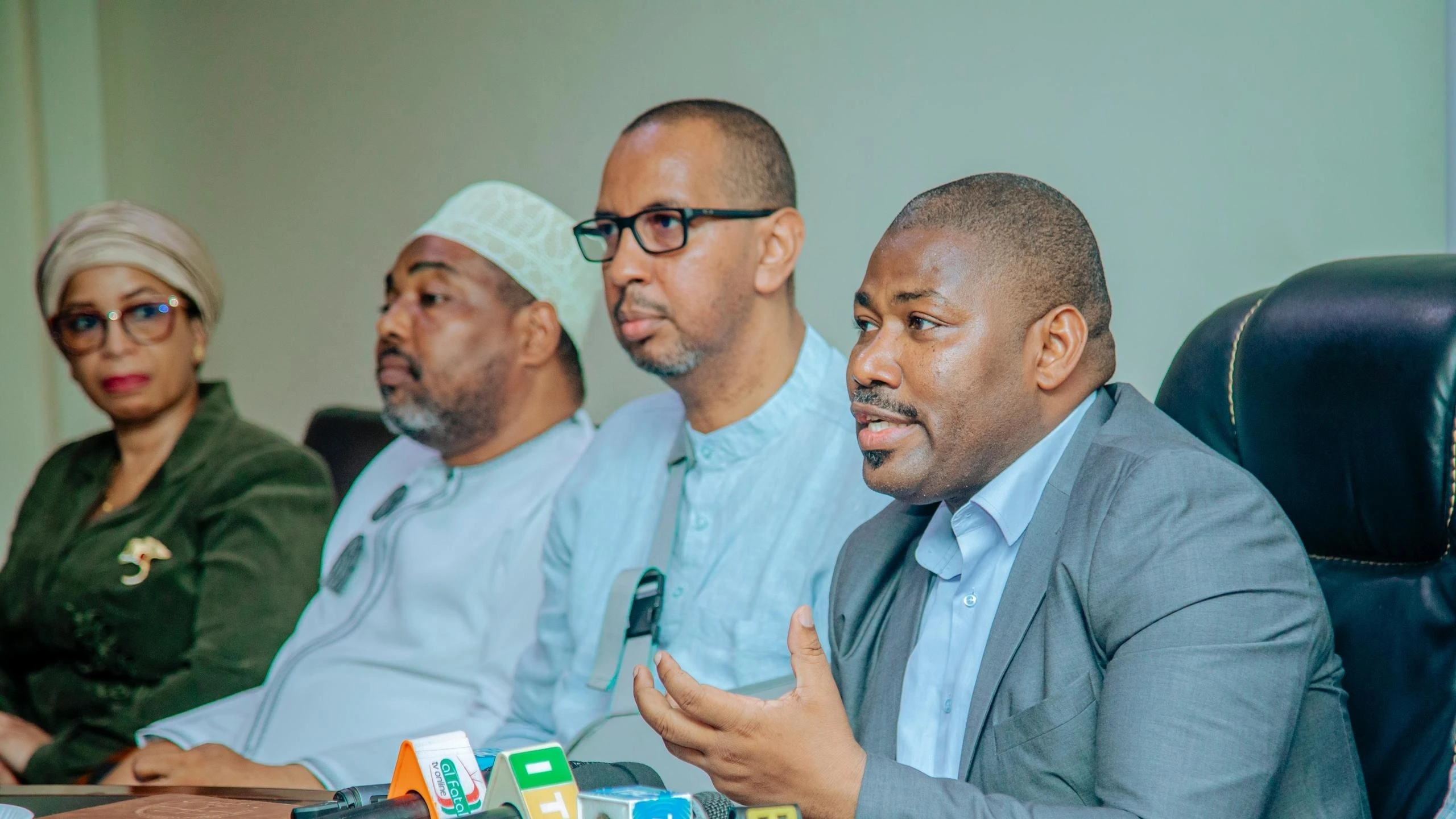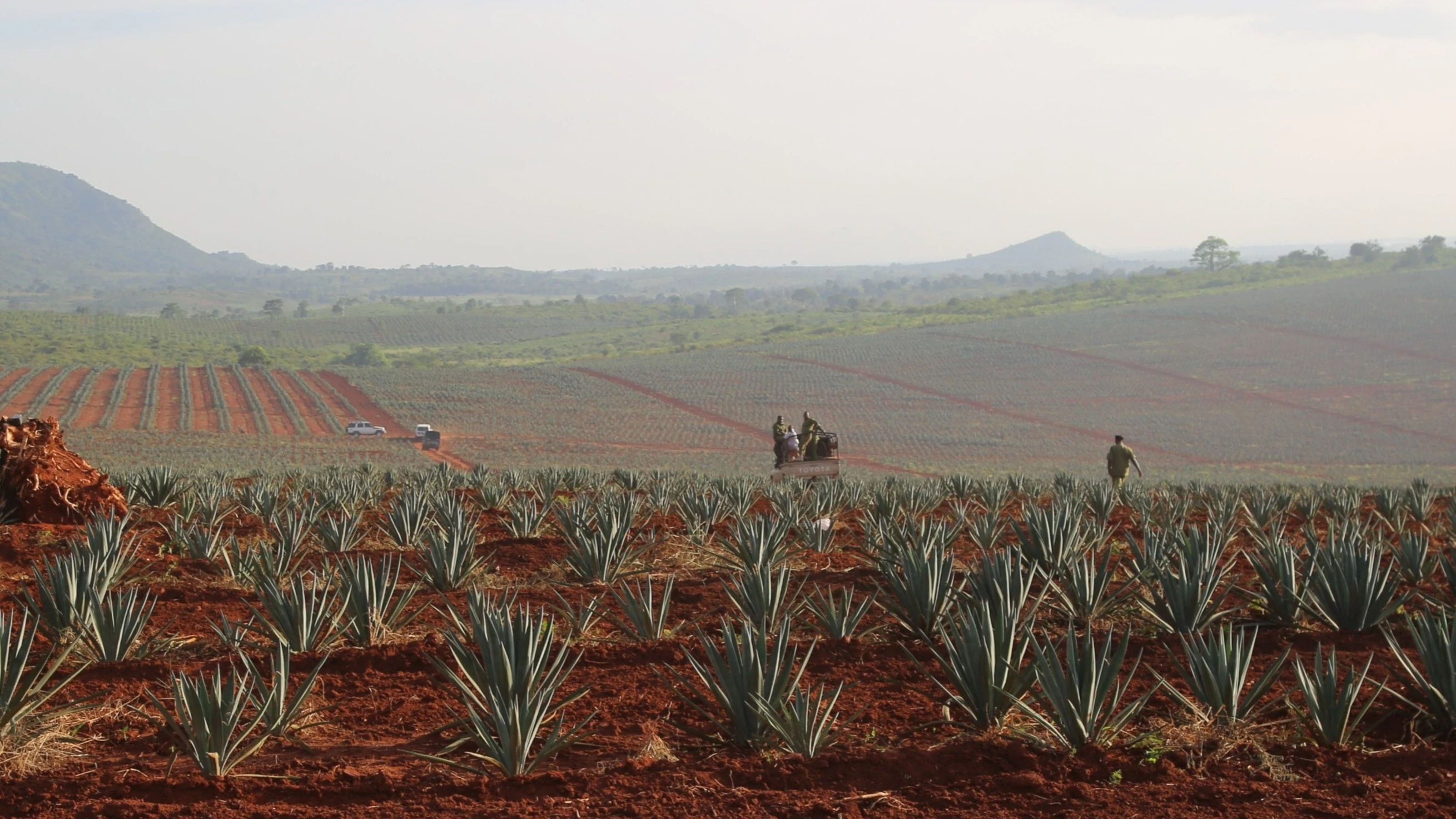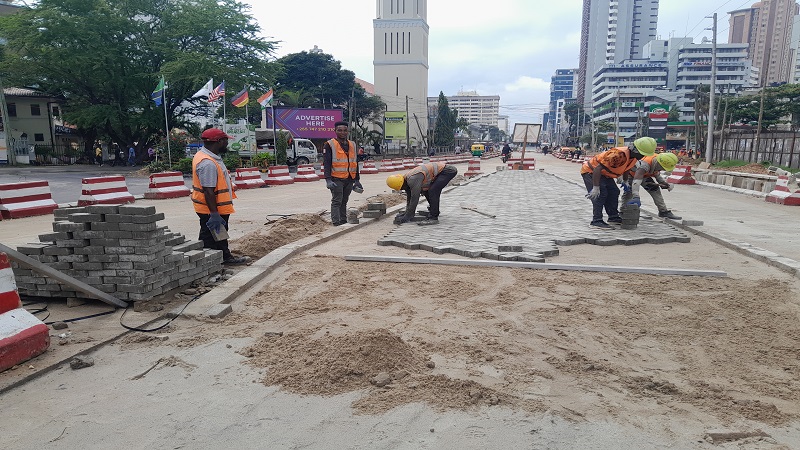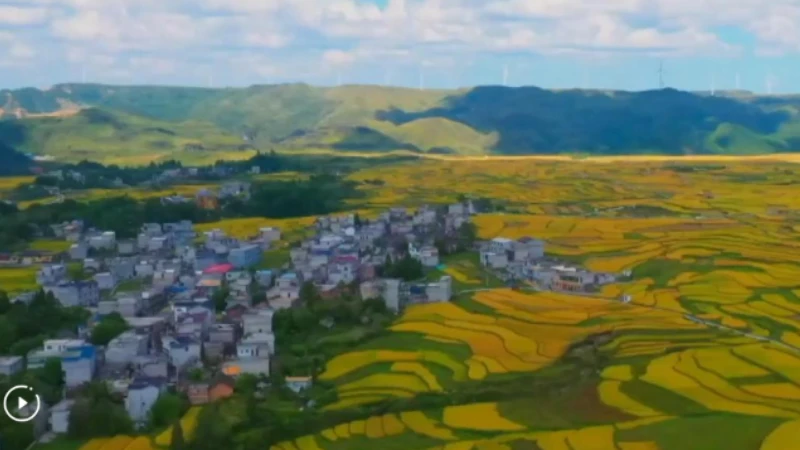Sisal industry records strong growth in 4yrs
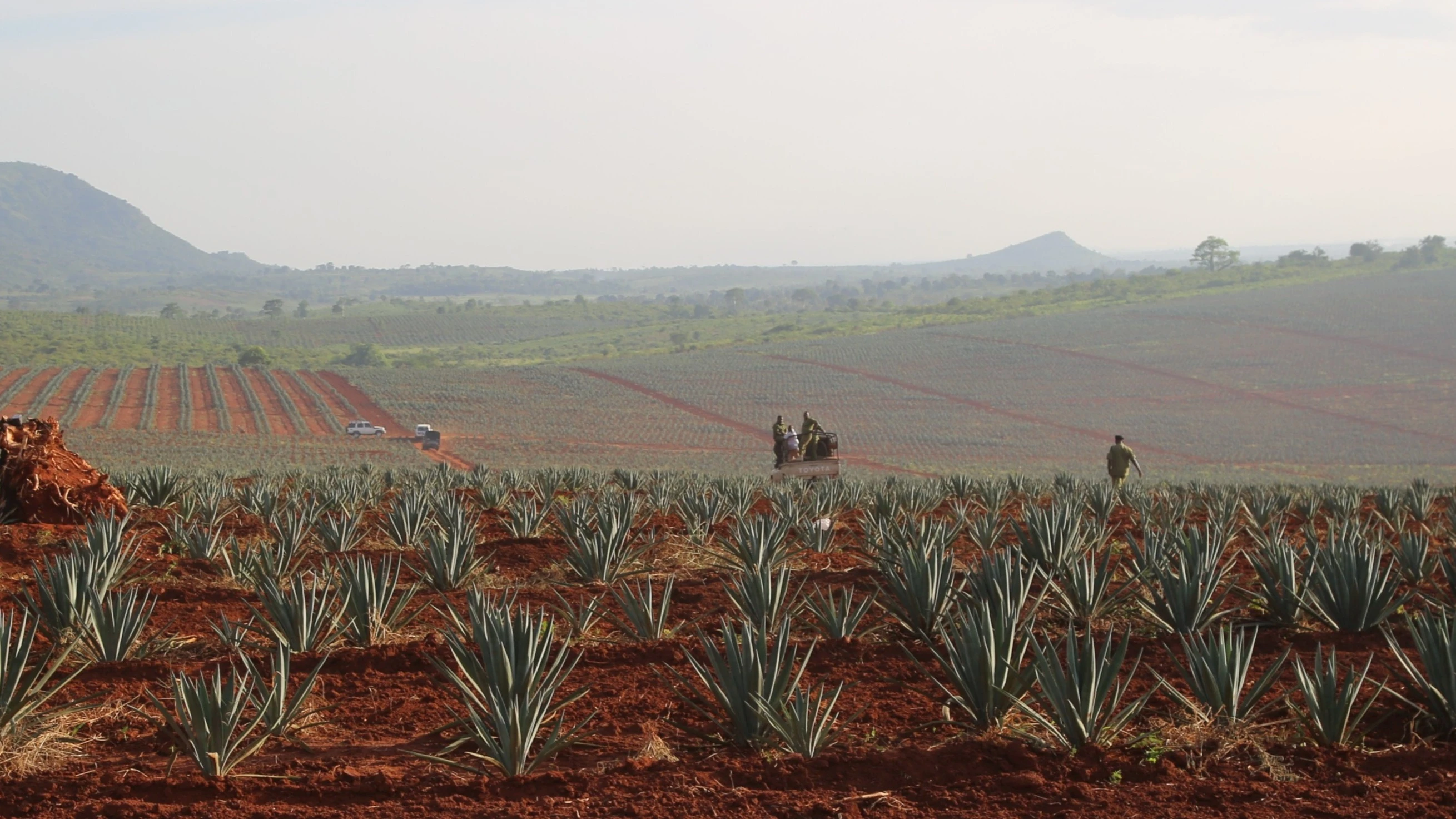
SINCE the launch of a nationwide campaign to promote sisal farming championed by Prime Minister Kassim Majaliwa through a smallholder farming model, Tanzania's sisal sector has experienced significant progress over the past four years.
Approximately 12 million sisal seedlings have been distributed to smallholder farmers across various regions of the country.
According to official data, exports of sisal have increased from $47 million in 2021 to $61 million in 2024.
This growth has also driven a rise in demand for decortication machines, from 51 units in 2021 to 65 units in 2024. Consequently, the number of sisal processing facilities has grown by 14.
Speaking on these developments, Saddy Kambona, Director General of the Tanzania Sisal Board (TSB), credited the campaign’s momentum to President Samia Suluhu Hassan's support.
The President allocated 500m/- to source high-quality planting materials with suckers, which were distributed free of charge to smallholder farmers, aiming to expand the cultivation of this strategic and commercial crop.
"When we launched this smallholder farmer-focused campaign in 2022, the government began by providing subsidized seeds. At the time, we were producing 2.5 million seedlings annually from 600 hectares of nurseries. Due to overwhelming demand, production had to scale up significantly," Kambona said.
He further noted, "So far, we have distributed 12 million seedlings to farmers across the country. In response to the growing demand, the government has invested over 40mn/- to establish a modern tissue culture laboratory for advanced sisal propagation, with a projected annual production capacity of 10 million seedlings."
Additionally, the price of sisal seedlings has been reduced from 250/- to 130/- per seedling to further support farmers.
TSB Agricultural Officer Jackline Mwashitete highlighted the economic potential of the sisal sector, noting that approximately 35 percent of women involved in the industry have found employment in both farming and value-added processing, including the production of handmade sisal-based crafts.
In Tanga Region, the government reports that 2,346 smallholder farmers are currently engaged in sisal cultivation, collectively contributing over 50 percent of the country’s total sisal production. Korogwe District leads with 11 active sisal farms.
Of these, five farms—Magunga, Hale, Magima, Mwelya, and Mgombezi—are managed by Agricultural Marketing Cooperative Societies (AMCOS), covering a total of 9,553 hectares. The remaining six farms, occupying 18,447 hectares, are privately owned.
These figures are based on the 2022 national population and housing census, which recorded 2.6 million residents in Tanga Region, with over 90 percent involved in agricultural activities.
Sisal production in Tanzania declined after its peak in the 1960s due to falling global prices and competition from synthetic substitutes. Mismanagement of nationalized estates also contributed to this decline.
Reliance on rainfall makes the sector vulnerable to unpredictable weather patterns and droughts, affecting yields. The rainfall in 2023 was reportedly insufficient for healthy plant growth, reducing yields per hectare.
The government is actively working to revive the sisal sector, recognizing its potential to diversify the economy and increase rural incomes. Sisal has been included in the list of strategic crops.
Top Headlines
© 2025 IPPMEDIA.COM. ALL RIGHTS RESERVED



